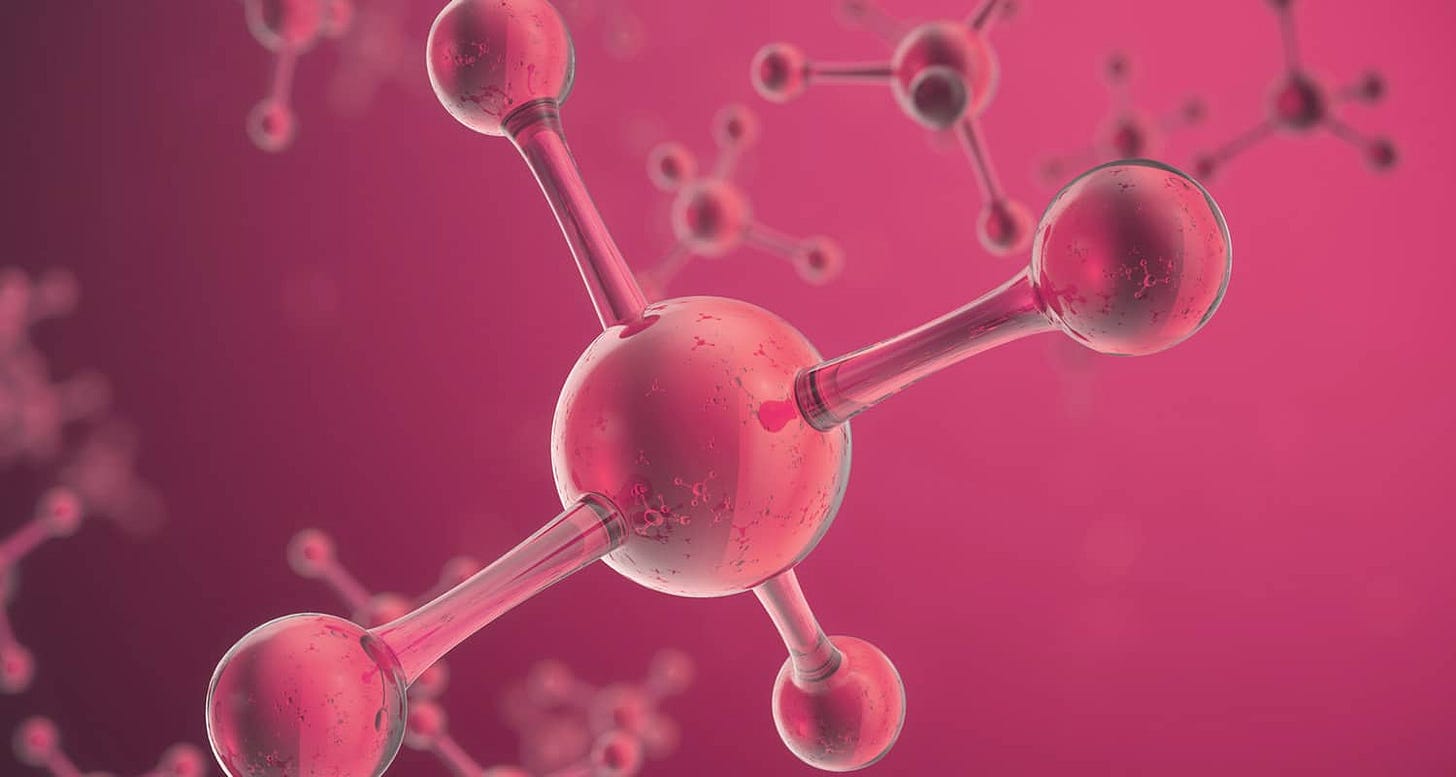The CBD Product You’re Taking Probably Doesn’t Work - But This One Might
Researchers finally solved CBD's biggest problem - and the results change everything about pain management.
Here’s something that needs to be said: Most CBD on the market is expensive hope in a bottle.
People shell out $80 for tinctures that barely absorb. Influencers push gummies that deliver maybe 10% of what’s on the label. And the chronic pain community keeps wondering why their “miracle cure” feels more like a placebo with good PR.
Now researchers just cracked the code on why CBD fails - and built a version that actually works.
The Blood-Brain Barrier Problem Nobody Talks About
A team from University of Rochester Medical Center and Harvard just published results on a nano-formulated CBD called CBD-IN that does what regular CBD can’t: cross the blood-brain barrier and hit pain circuits directly.
The results? Fast pain relief in neuropathic pain models. No brain fog. No motor impairment. No memory issues. None of the “I can’t function on this” baggage that comes with opioids or heavy-duty cannabinoids.
Think of it like upgrading CBD from a leaky garden hose to a pressure washer.
Most CBD products face a fundamental physics problem. The molecule doesn’t dissolve in water. Your bloodstream is mostly water. See the issue? This means most of what people swallow never reaches the brain in therapeutic amounts. What does get absorbed works inconsistently, varies wildly between people, and rarely hits the pain pathways that need quieting.
CBD-IN wraps the compound in nano-scale water-soluble micelles - tiny bubbles that can slip through your bloodstream and cross into brain tissue. The formulation delivered measurable pain relief within 30 minutes in animal models of nerve injury pain. Not inflammatory pain from a sprained ankle. Neuropathic pain - the chronic, screaming-nerve-endings type that’s notoriously hard to treat.
Why This Actually Matters for Longevity
Chronic pain drives aging faster than most people realize.
Pain keeps people sedentary, which means muscle loss, bone density decline, and insulin resistance. It disrupts sleep architecture, which tanks growth hormone and repair processes. It cranks up inflammatory markers across the board. And the social isolation that comes with chronic pain correlates directly with higher mortality rates.
The current solutions? Gabapentin that fogs your brain. Opioids that steal your cognition and give you constipation. NSAIDs that wreck your gut lining. Benzos that increase fall risk in older adults. Pick your poison - literally.
Here’s what makes CBD-IN different: It quiets hyperactive pain circuits while leaving normal brain function alone.
The researchers used activity-dependent mapping and calcium imaging to show that this formulation selectively dampens neurons firing abnormally in pain pathways. Normal neurons? Left untouched. That’s not how most pain drugs work. Most pain meds are more like hitting your nervous system with a hammer - you get less pain, but you also get less balance, less memory, and less you.
This approach works more like a smart dimmer switch than a circuit breaker.
The Mechanism (Without the Academic Jargon)
CBD-IN doesn’t work through the usual cannabinoid receptors CB1 and CB2. That sets it apart from THC-heavy cannabis products and most older cannabinoid research. Instead, it seems to modulate broader calcium signaling and electrical activity - but only in neurons that are already screaming.
The technical term is “state-dependent suppression.” The practical translation: your pain circuits get turned down while everything else keeps working normally.
Previous CBD research suggested the molecule might hit TRPV1 channels, serotonin receptors, and have anti-inflammatory effects through cytokine modulation. The problem was always delivery. CBD probably always had some of this potential. Nano-micelles are finally getting it where it needs to go.
The rest of this analysis is for paid subscribers. Get the full breakdown of what this means for your pain management protocol, specific action steps you can take right now, and how to evaluate the next wave of cannabinoid technology before the market gets flooded with garbage.
Upgrade to paid subscription below.


